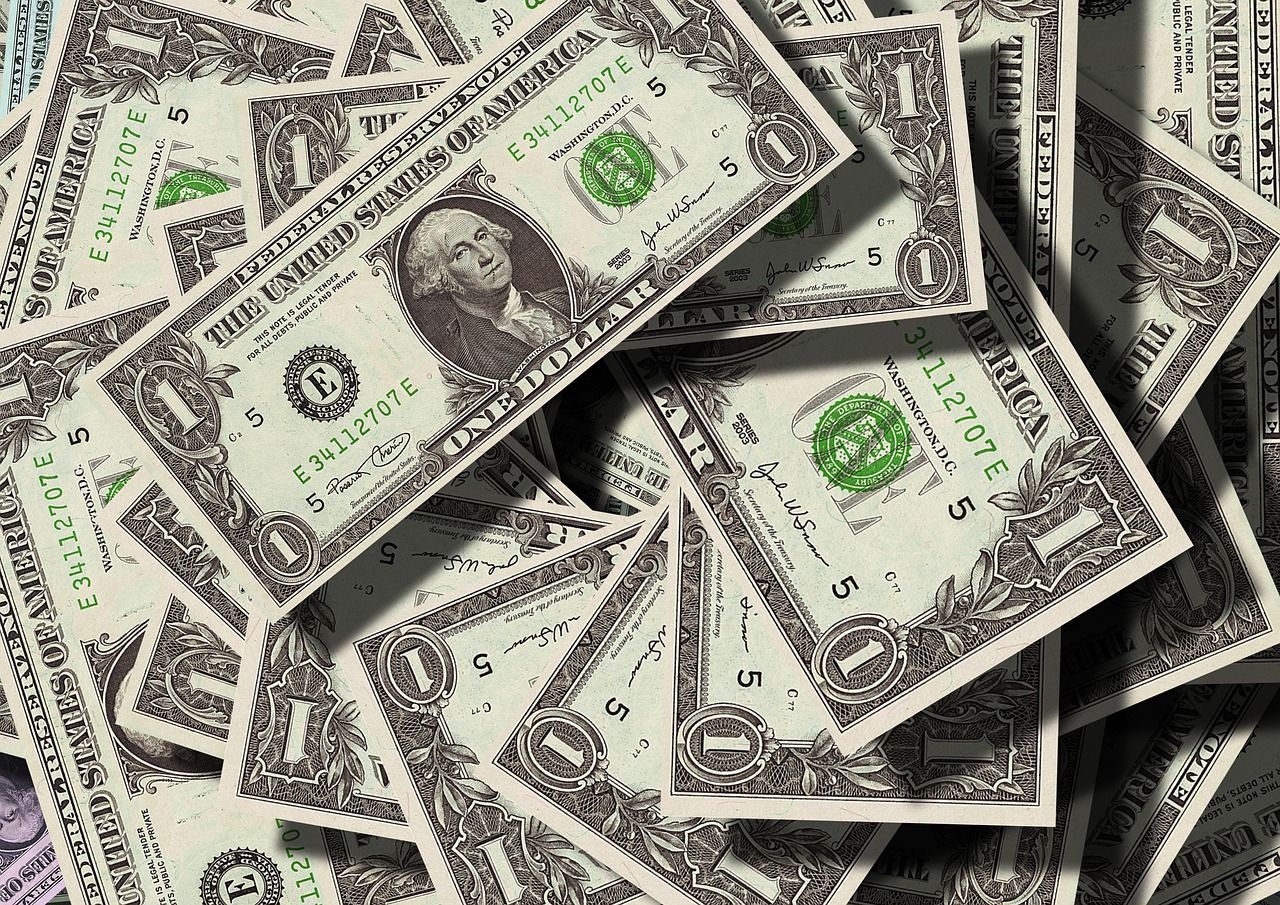The US dollar index (DXY) tumbled more than 2% on Thursday to 101.41, its sharpest single-day decline in more than two years.
The drop sent the greenback to a six-month low, as traders reeled from President Donald Trump’s sweeping new tariff plan wherein he announced a baseline 10% tariff on all imports, with harsher levies targeting major trading partners—China (54%), the European Union (20%), and Vietnam (46%).
The surprise move spurred a sharp reaction in global markets, fuelling recession fears and raising inflationary concerns in the US.
Following the tariff announcement, traders also increased their bets on Federal Reserve interest rate cuts.
Market expectations shifted toward three or four quarter-point reductions in 2025, up from three projected earlier.
The first rate cut is now widely expected in June, as investors worry about slowing growth and rising costs.
USD losing its safe haven properties
Ray Attrill, head of foreign-exchange strategy at National Australia Bank, said the dollar was failing to benefit from its usual status as a safe-haven asset.
“The aggravation of US growth concerns on the tariff news and related further falls in US stocks has meant that the dollar isn’t enjoying its traditional safe-haven, reserve currency status support,” he noted.
George Saravelos, head of FX research at Deutsche Bank, warned that the tariffs risk undermining confidence in both the US economy and its currency.
“The safe-haven properties of the dollar are being eroded, imposing a significant cost on unhedged dollar holdings,” he stated.
Saravelos cautioned that a sharp decline in the dollar, coupled with falling US equities and rising US Treasury yields, could signal accelerating capital outflows.
“At the end of the day, the US has a large current account deficit, and the currency is reliant on capital inflows for stability,” he added.
A disorderly decline in the dollar, he argued, could disrupt global markets and trigger intervention from central banks.
JPY and EUR strengthen
The Japanese yen surged nearly 2% against the dollar, reflecting increased demand for safer assets.
US Treasury 10-year yields also slid to their lowest levels since October, adding further pressure on the greenback.
Meanwhile, the euro gained more than 2% against the dollar, climbing to 1.1145 in Thursday’s European session.
A weaker dollar poses broader challenges for global markets.
Analysts warn that if the dollar’s decline accelerates, it could spark intervention from major central banks, particularly the European Central Bank (ECB).
“The last thing the ECB wants is an externally imposed disinflationary shock from a loss in dollar confidence and a sharp appreciation in the euro on top of tariffs,” Saravelos noted.
US Dollar Index technical analysis
According to FXStreet, once the 101.90 level breaks, another “chunky area” will open up for further devaluation of the Greenback, with the 100.00 round level as a downside target.
“On the downside, 101.90 is the first line of defense, and it should be able to trigger a bounce as the Relative Strength Index (RSI) momentum indicator is issuing warnings of oversold conditions in the daily chart. Maybe not this Thursday, but in the coming days, a break below 101.90 could see a leg lower towards 100.00,” it said.
Source: FXStreet
Focus shifts to US jobs data
With recession risks mounting, market participants are turning their attention to the US Nonfarm Payrolls (NFP) report for March, set for release on Friday.
Employment data will be crucial in shaping expectations for the Fed’s next move.
The latest ADP Employment Change report showed that private sector payrolls rose by 155,000 in March, well above the expected 105,000.
Strong labor market data could complicate the Fed’s decision-making process as policymakers weigh the risks of inflation against the threat of an economic downturn.
As markets digest Trump’s aggressive trade policy shift, investors brace for further volatility, with global economic stability hanging in the balance.
The post US dollar index (DXY) plunges as Trump’s tariffs shake market confidence: could it drop to 100? appeared first on Invezz

